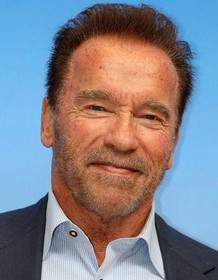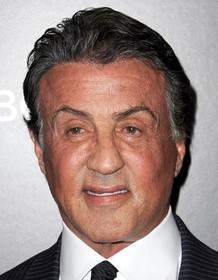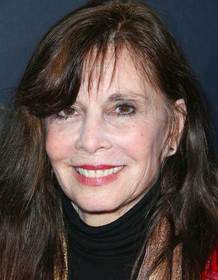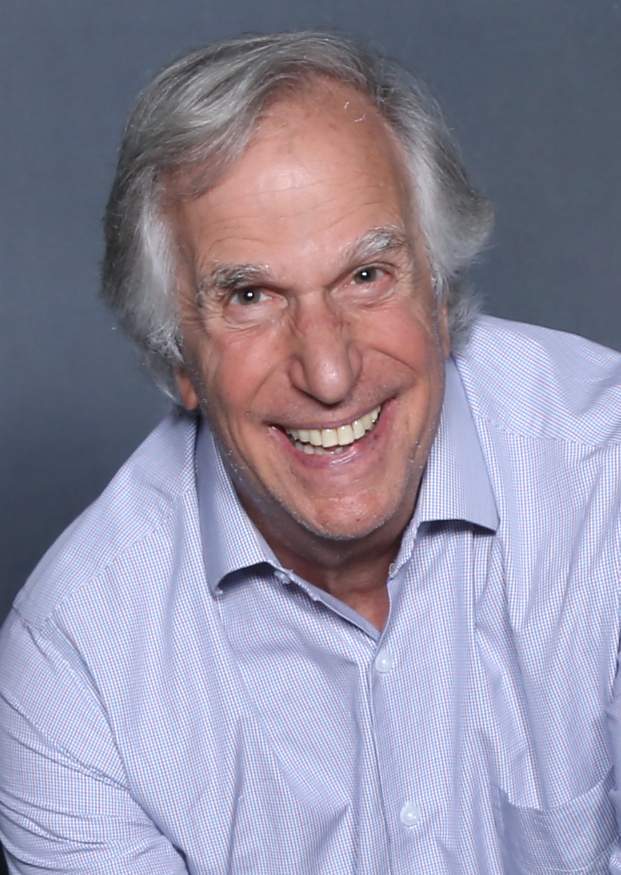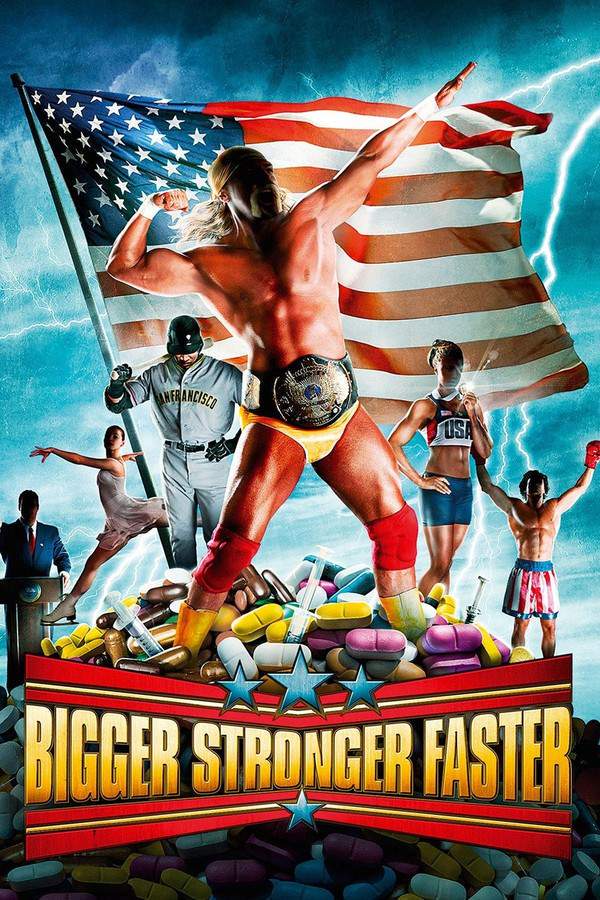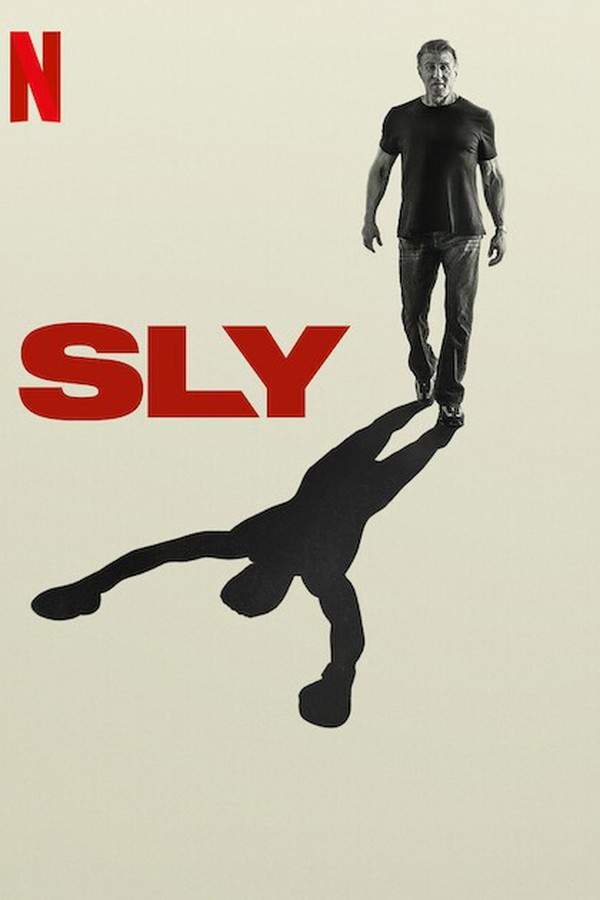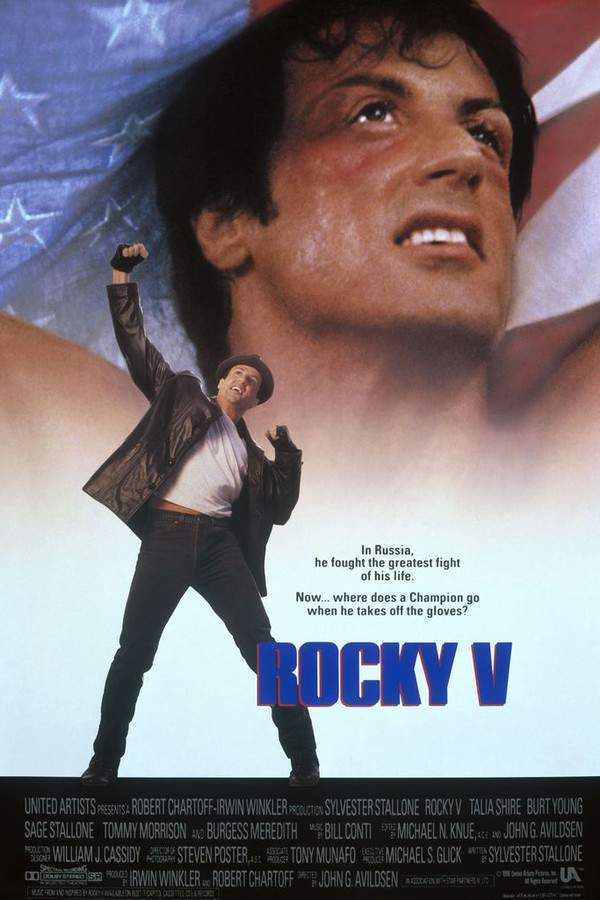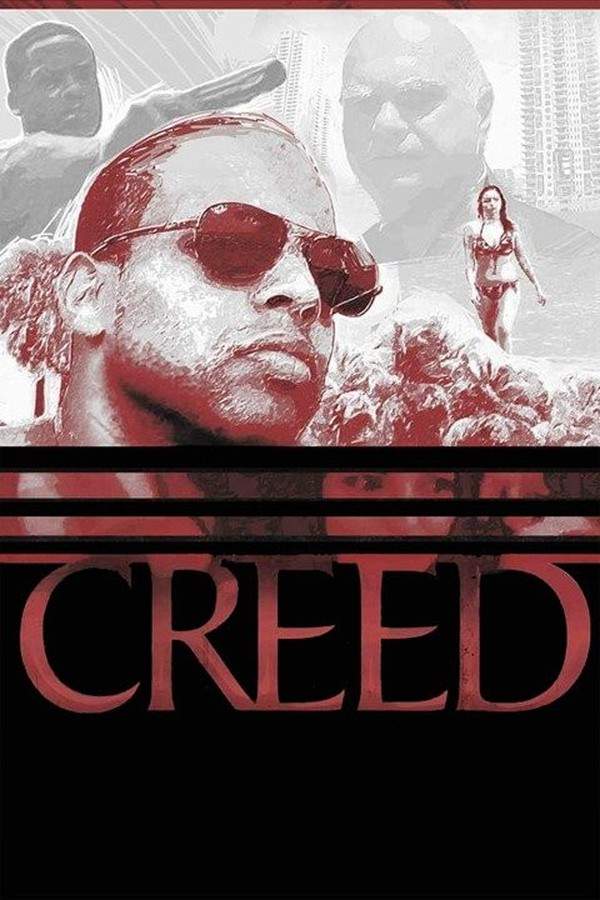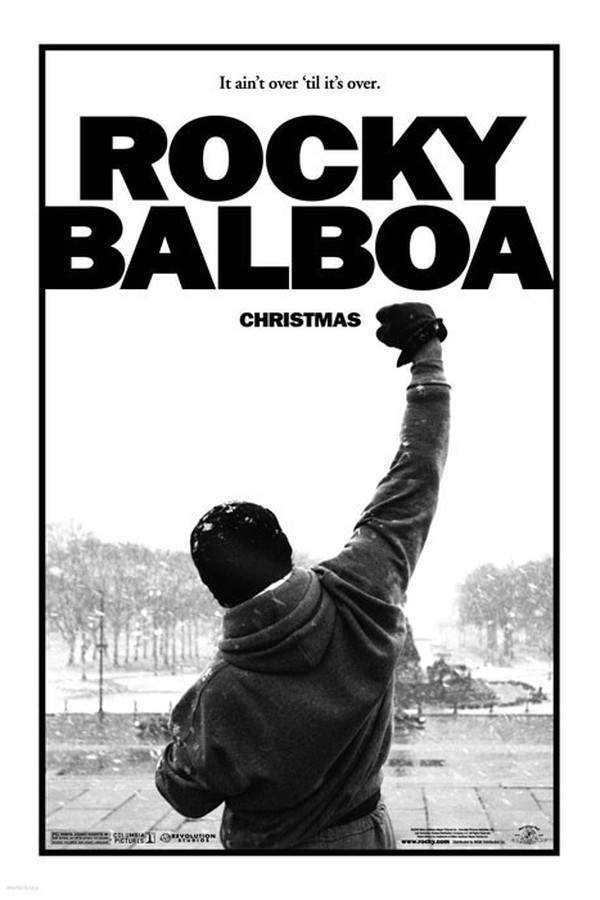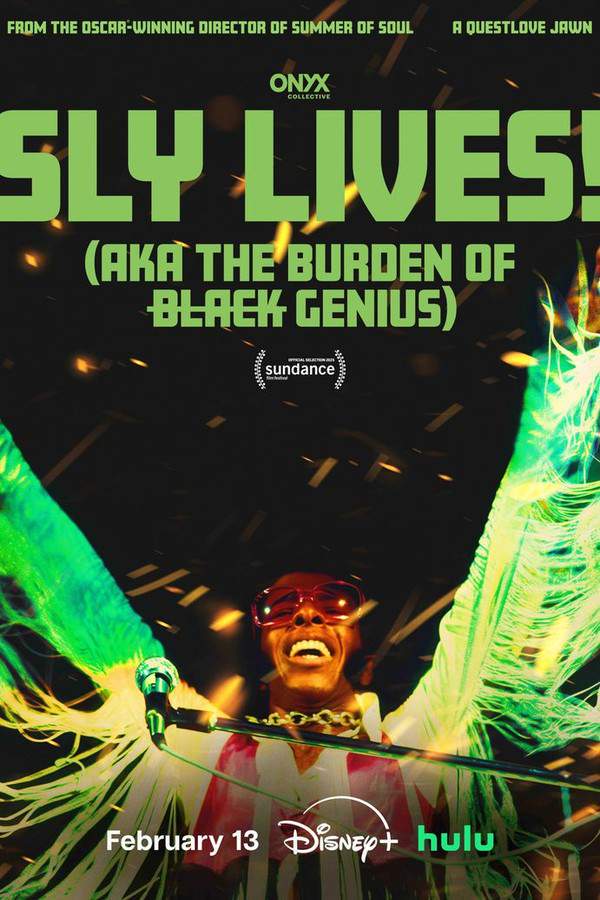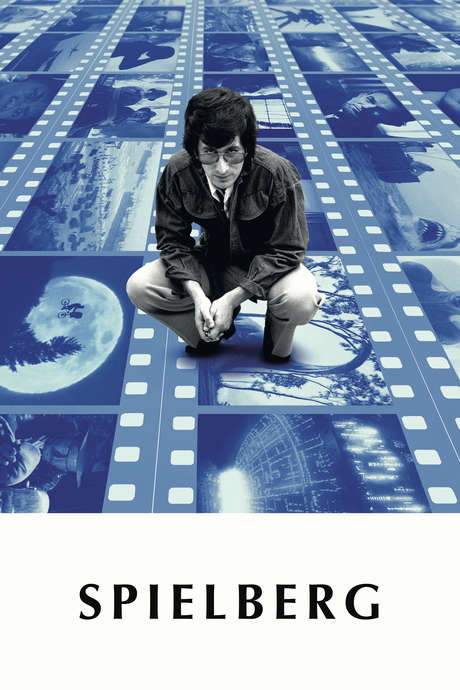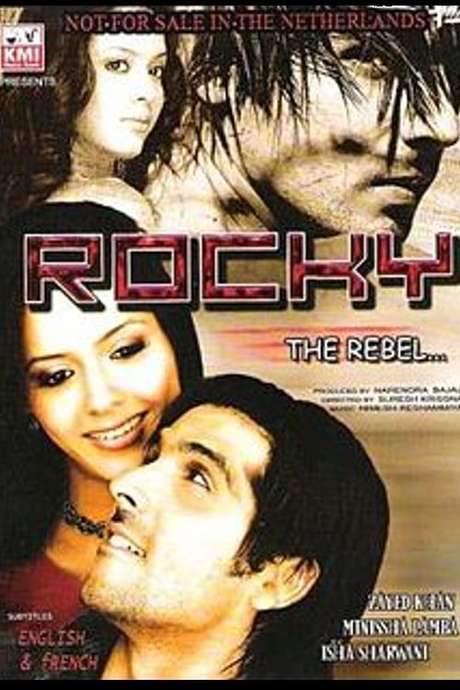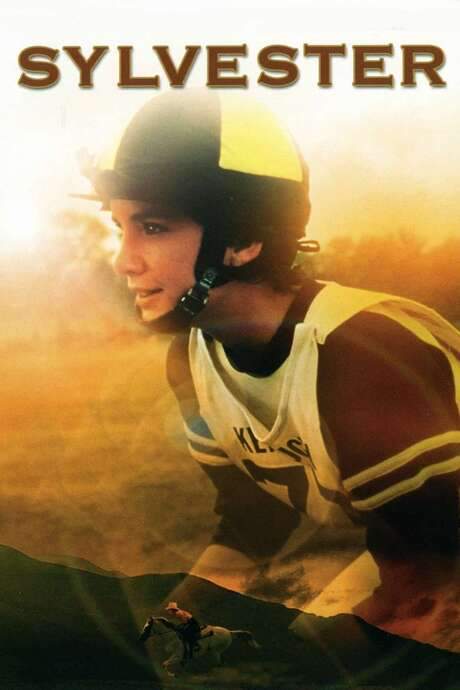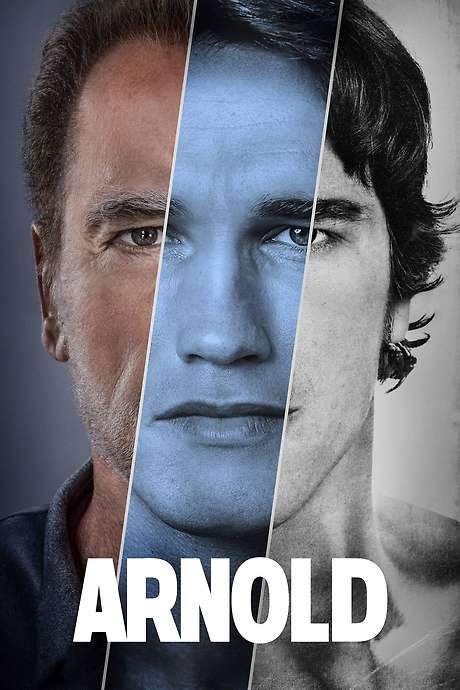Sly 2023
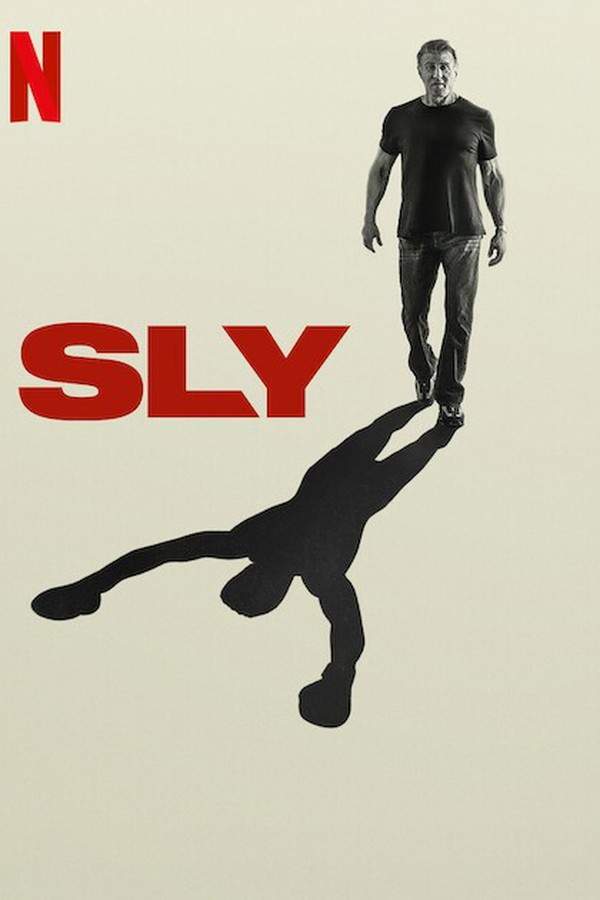
This documentary explores the career of Sylvester Stallone, chronicling five decades of iconic roles and blockbuster franchises like Rocky, Rambo, and The Expendables. Through intimate reflections, Stallone examines his own perseverance and creative journey, drawing parallels between his personal story and the enduring characters he has portrayed. It’s a revealing look at the dedication and passion behind a cinematic legend’s remarkable career.
Does Sly have end credit scenes?
No!
Sly does not have end credit scenes. You can leave when the credits roll.
Meet the Full Cast and Actors of Sly
Explore the complete cast of Sly, including both lead and supporting actors. Learn who plays each character, discover their past roles and achievements, and find out what makes this ensemble cast stand out in the world of film and television.
External Links and Streaming Options
Discover where to watch Sly online, including streaming platforms, rental options, and official sources. Compare reviews, ratings, and in-depth movie information across sites like IMDb, TMDb, Wikipedia or Rotten Tomatoes.
Ratings and Reviews for Sly
See how Sly is rated across major platforms like IMDb, Metacritic, and TMDb. Compare audience scores and critic reviews to understand where Sly stands among top-rated movies in its genre.

The Movie Echo Score
In its portrayal of Sylvester Stallone’s career, Sly excels at presenting an honest personal narrative but struggles with a narrow, chronological structure. Critics noted the film’s linear storytelling and occasional superficiality that limit deeper insights, while many praised Stallone’s introspective reflections and the emotional resonance of his anecdotes. Viewers also highlighted the documentary’s nostalgic value for long-time fans despite its lightweight treatment compared to top-tier biographies. Overall, Sly offers engaging character moments but feels constrained by its scope and pacing.
The Movie Echo Score Breakdown for Sly

Art & Craft
In terms of art and craft, Sly delivers serviceable documentary visuals without notable innovation. The editing presents a clear chronological flow, and the archival footage is well integrated, though the cinematography remains functional rather than expressive. Interview segments feature clean framing but lack stylistic variation. Consequently, the film’s technical presentation supports its narrative but seldom stands out.

Character & Emotion
In terms of character and emotion, Sly offers a compelling portrait of its subject through candid reflections and personal anecdotes. Stallone’s conversational spontaneity and references to his creative influences underscore his introspective side, while contributions from family add depth. Despite moments of superficiality, the documentary consistently conveys a genuine sense of Stallone’s emotional journey.

Story & Flow
When it comes to story and flow, Sly follows a straightforward chronological structure that feels overly linear. Critics pointed to a narrow scope focused on Stallone’s major franchises, resulting in occasional pacing lags and superficial treatment of key events. While some sequences offer engaging context for "Rocky" and "Rambo," the overall narrative coherence remains uneven.

Sensory Experience
In terms of sensory experience, Sly provides a functional soundtrack and clear sound design that support the on-screen material. The visual style relies heavily on archival clips with polished but unremarkable color grading. While the film’s audio balances dialogue and music effectively, it rarely creates a distinct auditory or visual atmosphere beyond straightforward presentation.

Rewatch Factor
When considering rewatch factor, Sly offers nostalgic appeal for long-time fans who appreciate revisiting key career moments. The candid interviews and familiar film clips foster comfort on subsequent viewings, though the lack of deeper revelations may limit broader replay value. As a companion to Stallone’s celebrated works, it retains moderate lasting appeal.

62
Metascore
6.3
User Score


81%
TOMATOMETER

85%
User Score

7.0 /10
IMDb Rating

72
%
User Score

3.4
From 1 fan rating
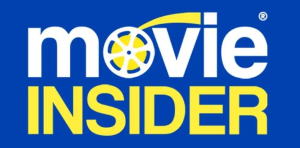
0.00/5
Take the Ultimate Sly Movie Quiz
Challenge your knowledge of Sly with this fun and interactive movie quiz. Test yourself on key plot points, iconic characters, hidden details, and memorable moments to see how well you really know the film.
Sly Stallone: The Unstoppable Journey: Test your knowledge on the life and career of Sylvester Stallone through these engaging quiz questions.
In which neighborhood was Sylvester Stallone born?
Hell's Kitchen
Brooklyn
Queens
The Bronx
Show hint
Full Plot Summary and Ending Explained for Sly
Read the complete plot summary of Sly, including all major events, twists, and the full ending explained in detail. Explore key characters, themes, hidden meanings, and everything you need to understand the story from beginning to end.
Sylvester Stallone, renowned for his iconic roles in the Rocky and Rambo franchises, finds himself in a position of reflection as he paints and writes in the comfort of his home, which proudly displays the famed Philadelphia Rocky statue. Feeling that life had grown monotonous and repetitious, Stallone decides it’s time to return to the East Coast in search of renewed excitement and inspiration.
Sly embodies the essence of a self-made man. Noted for his initial struggles in acting due to a perceived lack of charisma, he paved a path for himself that no one had before by writing, directing, and starring in his own films. As Quentin Tarantino dramatically puts it, he immersed himself in the unique saga of Sly, while Arnold Schwarzenegger emphasizes that the creation of three successful movie franchises wasn’t a mere coincidence but a testament to Sly’s genius.
Born amidst hardship in New York’s Hell’s Kitchen in the summer of 1946, Stallone’s early life was defined by his tumultuous family dynamics. His father, Frank Stallone, a barber of Italian descent, met his mother Jackie, a cigarette girl at a popular venue, yet their warring nature led to a chaotic upbringing. A tragic accident at birth resulted in Stallone having a distinct snarl due to the paralysis of the nerves on the left side of his mouth, leaving a mark that would shape his persona.
Sly’s home life was marred by his parents’ incessant conflicts, leading him and his brother to adapt in a motherless environment. They were emotionally deprived but found solace in movies – an escape that fueled Sly’s lifelong dream to be a hero, inspired particularly by Steve Reeves’ portrayal in Hercules. Eventually, after moving to Maryland and experiencing further challenges, Sly began nurturing his passion for acting at a reform school where his difficulties shifted toward more productive outlets.
Through perseverance, Sly embraced serious acting during his college years, culminating in a pivotal moment while performing in Death of a Salesman. Encouraged by a Harvard professor to pursue acting as a career, he returned to New York, only to face a wall of rejections from agencies. Stubbornly, Sly began creating his own opportunities when many tried to pigeonhole him into thug roles, forming a partnership with director John Herzfeld.
Stallone’s early attempts included a silent movie titled Horses, but his breakthrough came with the audition for The Lords of Flatbush, where he seized the chance to craft his own dialogue. This decision ignited a realization: his destiny hinged upon harnessing his writing talents. Each rejection drove him to develop a narrative about a soft-hearted mob collector, leading to the birth of his most iconic character, Rocky Balboa.
Despite facing skepticism and a constrained budget, Rocky eventually broke records, capturing hearts with its underdog story and securing an Oscar for Stallone. However, as fame surged, personal sacrifices increased. The mounting pressure to replicate his earlier success resulted in films like FIST and Paradise Alley stumbling at the box office, igniting a fire in Sly to reclaim his narrative.
With the direction of Rocky II, Stallone merged his life’s experiences into the film’s plotlines, yet struggles persisted with Rocky III and IV, wherein he grappled with external recommendations and internal doubts. This culminated in the legendary Rambo, where he infused human depth into the story of a war-veteran paying homage to the struggles of returning soldiers.
As the blockbuster Rocky series continued to unveil heroic triumphs, the emotional toll mounted for Stallone. A dip in health and a poignant family story reached its climax in Rocky V, where his real-life complexities unwittingly bled into the script.
Eventually, following the tragic loss of his son, Sage, in 2012, Sly shifted to age-appropriate action roles, leading to the creation of The Expendables, inspired by nostalgia for the blockbuster camaraderie of his youth. A chorus of beloved stars from the past amalgamated into this grand venture, yet an enduring injury haunted him throughout his career.
Despite the accolades and the adulation of fans, Stallone reflects upon his life with regret, particularly concerning his role as a father to his three daughters, Scarlet Rose Stallone, Sistine Rose Stallone, and Sophia Rose Stallone. The journey of the man who rose to fame as a titan of the silver screen reveals a heart yearning for connection amid the backdrop of fame.
Uncover the Details: Timeline, Characters, Themes, and Beyond!

Coming soon on iOS and Android
The Plot Explained Mobile App
From blockbusters to hidden gems — dive into movie stories anytime, anywhere. Save your favorites, discover plots faster, and never miss a twist again.
Sign up to be the first to know when we launch. Your email stays private — always.
Watch Trailers, Clips & Behind-the-Scenes for Sly
Watch official trailers, exclusive clips, cast interviews, and behind-the-scenes footage from Sly. Dive deeper into the making of the film, its standout moments, and key production insights.
Sly Themes and Keywords
Discover the central themes, ideas, and keywords that define the movie’s story, tone, and message. Analyze the film’s deeper meanings, genre influences, and recurring concepts.
Sly Other Names and Titles
Explore the various alternative titles, translations, and other names used for Sly across different regions and languages. Understand how the film is marketed and recognized worldwide.
Similar Movies To Sly You Should Know About
Browse a curated list of movies similar in genre, tone, characters, or story structure. Discover new titles like the one you're watching, perfect for fans of related plots, vibes, or cinematic styles.
Quick Links: Summary, Cast, Ratings, More

What's After the Movie?
Not sure whether to stay after the credits? Find out!
Explore Our Movie Platform
New Movie Releases (2026)
Famous Movie Actors
Top Film Production Studios
Movie Plot Summaries & Endings
Major Movie Awards & Winners
Best Concert Films & Music Documentaries
Movie Collections and Curated Lists
© 2026 What's After the Movie. All rights reserved.




